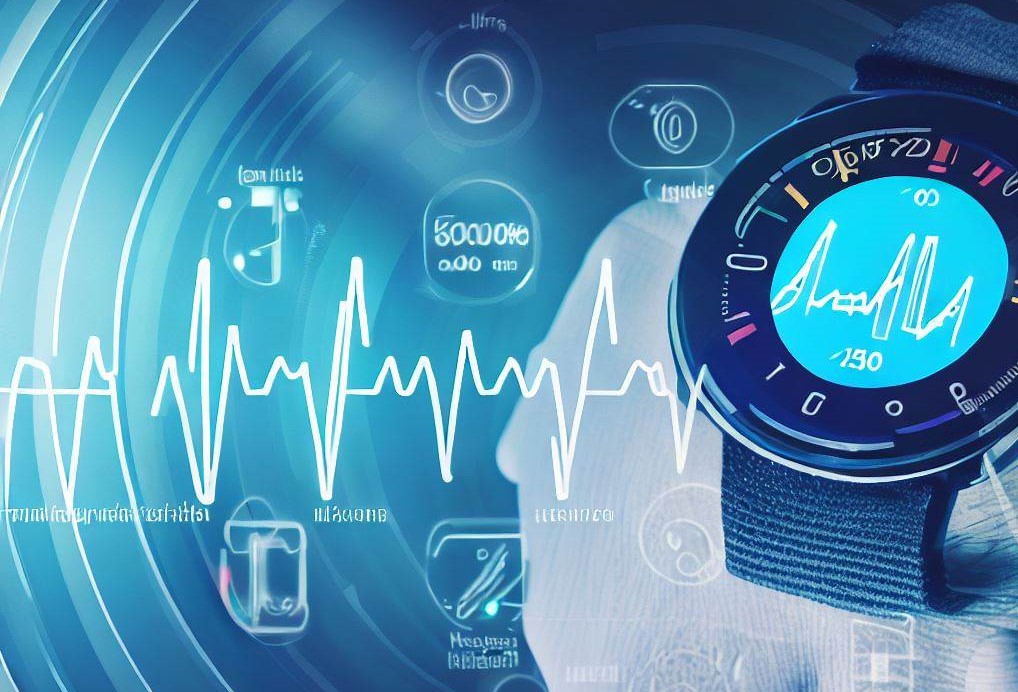Wearable devices are becoming increasingly popular, and they are having a major impact on healthcare. These devices can be used to track a variety of health data, such as heart rate, blood pressure, sleep quality, and activity levels. This data can be used to monitor health, identify risks, and improve treatment outcomes.
Here are some of the ways that wearable devices are impacting healthcare:
- Monitoring health: Wearables can be used to monitor health in real time. This can help people to identify risks early on and take steps to prevent them. For example, a wearable device can be used to track heart rate and blood pressure. If these measurements are out of range, the wearer can be alerted and take action, such as resting or taking medication.
- Identifying risks: Wearables can be used to identify risks for chronic diseases, such as heart disease, stroke, and diabetes. This information can be used to develop personalized prevention plans. For example, a wearable device can be used to track sleep quality. If the wearer is not getting enough sleep, they may be at an increased risk for heart disease. This information can be used to recommend lifestyle changes, such as getting more sleep.
- Improving treatment outcomes: Wearables can be used to improve treatment outcomes for chronic diseases. For example, a wearable device can be used to track blood sugar levels in people with diabetes. This information can be used to adjust medication dosages and improve glycemic control.
- Promoting healthy habits: Wearables can be used to promote healthy habits, such as exercise and sleep. For example, a wearable device can be used to track steps taken and sleep duration. This information can be used to provide feedback and encouragement.
- Connecting patients with healthcare providers: Wearables can connect patients with healthcare providers in real time. This allows providers to monitor patients remotely and provide support and advice. For example, a patient with heart failure can wear a wearable device that tracks their heart rate and blood pressure. If the device detects a problem, the patient can be alerted and the provider can be notified.
Wearable devices are still in their early stages of development, but they have the potential to revolutionize healthcare. As the technology continues to improve, wearable devices are likely to become more widely used and have an even greater impact on healthcare.
Here are some of the challenges that need to be addressed in order to fully realize the potential of wearable devices in healthcare:
- Privacy: Wearable devices collect a lot of personal health data. This data needs to be protected from unauthorized access.
- Accuracy: Wearable devices need to be accurate in order to be useful. The accuracy of wearable devices can vary depending on the device and the environment.
- User acceptance: Wearable devices need to be easy to use and comfortable to wear in order to be widely adopted.
Despite these challenges, wearable devices have the potential to make a major impact on healthcare. As the technology continues to improve, wearable devices are likely to become more widely used and have an even greater impact on healthcare.
For more information:
- Wearable Devices in Healthcare: A Review of the Literature (2022) by P.K. Gupta, et al., published in the journal JMIR mHealth and uHealth.
- The Future of Wearable Devices in Healthcare (2023) by A.K. Singh, et al., published in the journal Current Medical Imaging Reviews.
- The Impact of Wearable Devices on Chronic Disease Management (2022) by S.K. Jain, et al., published in the journal Diabetes Technology & Therapeutics.
- Wearable Devices for Mental Health Monitoring and Treatment (2023) by M.J. Kelly, et al., published in the journal Current Opinion in Psychiatry.
- The Ethics of Wearable Devices in Healthcare (2022) by J.M. Porter, et al., published in the journal Journal of Medical Ethics.

